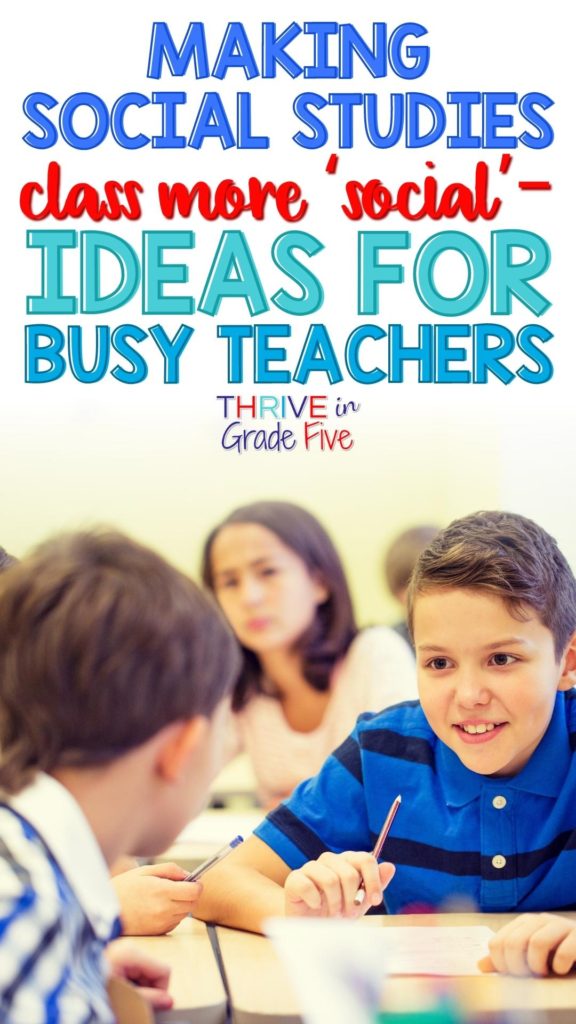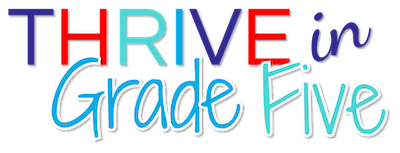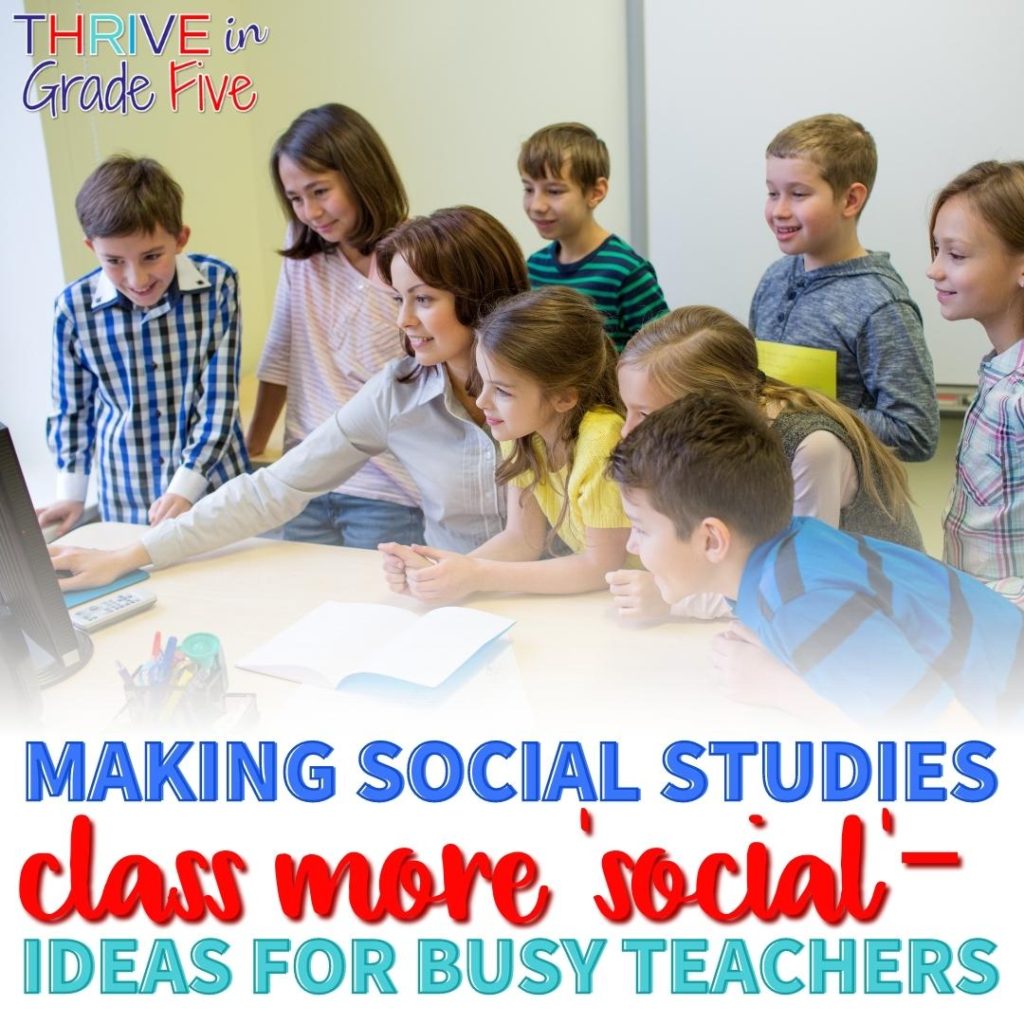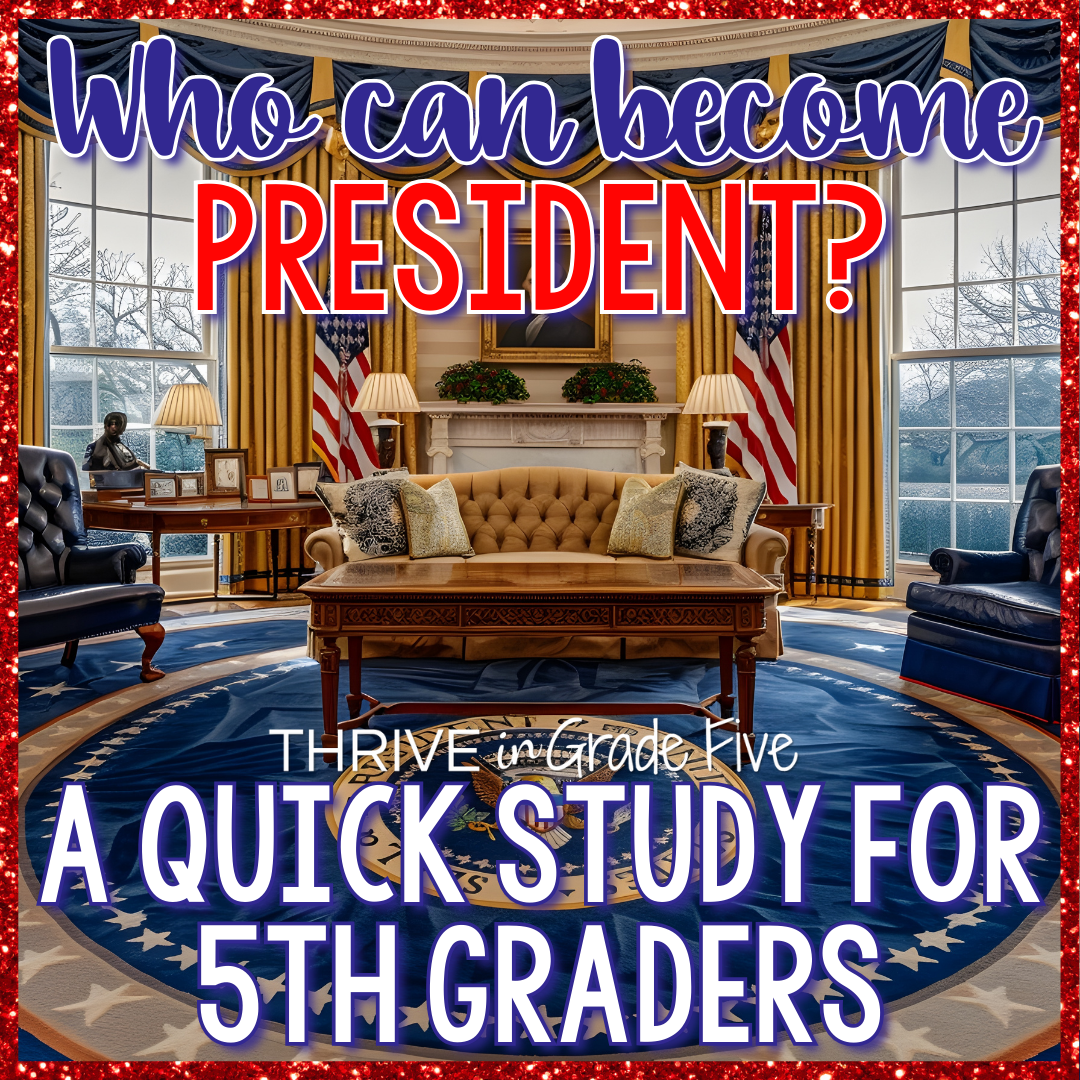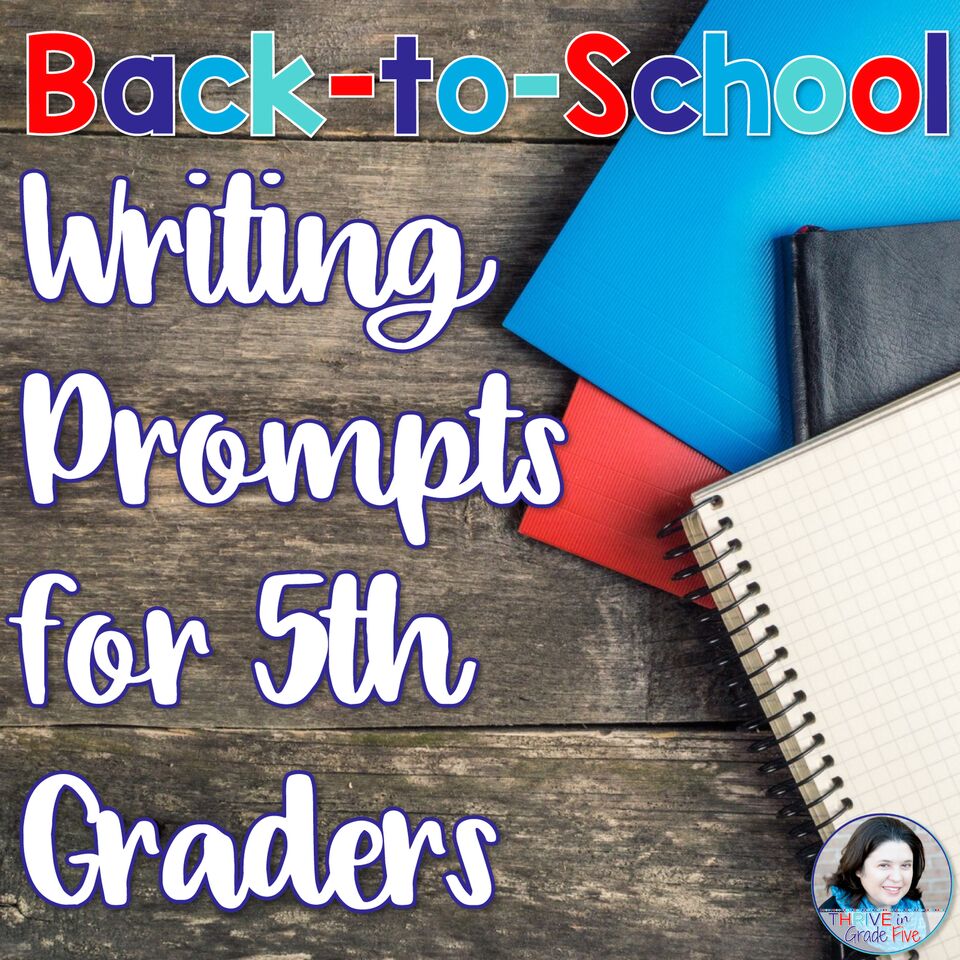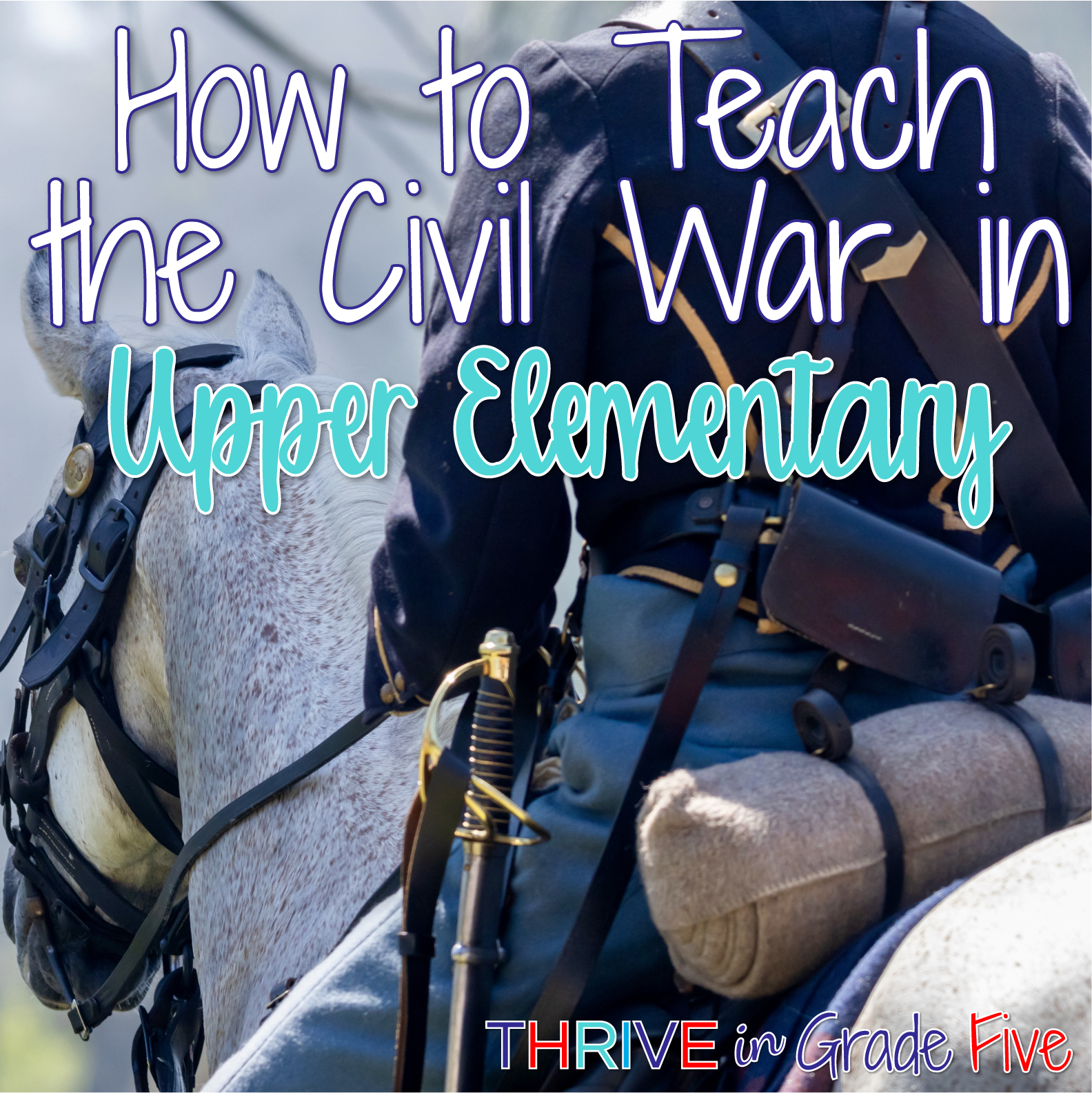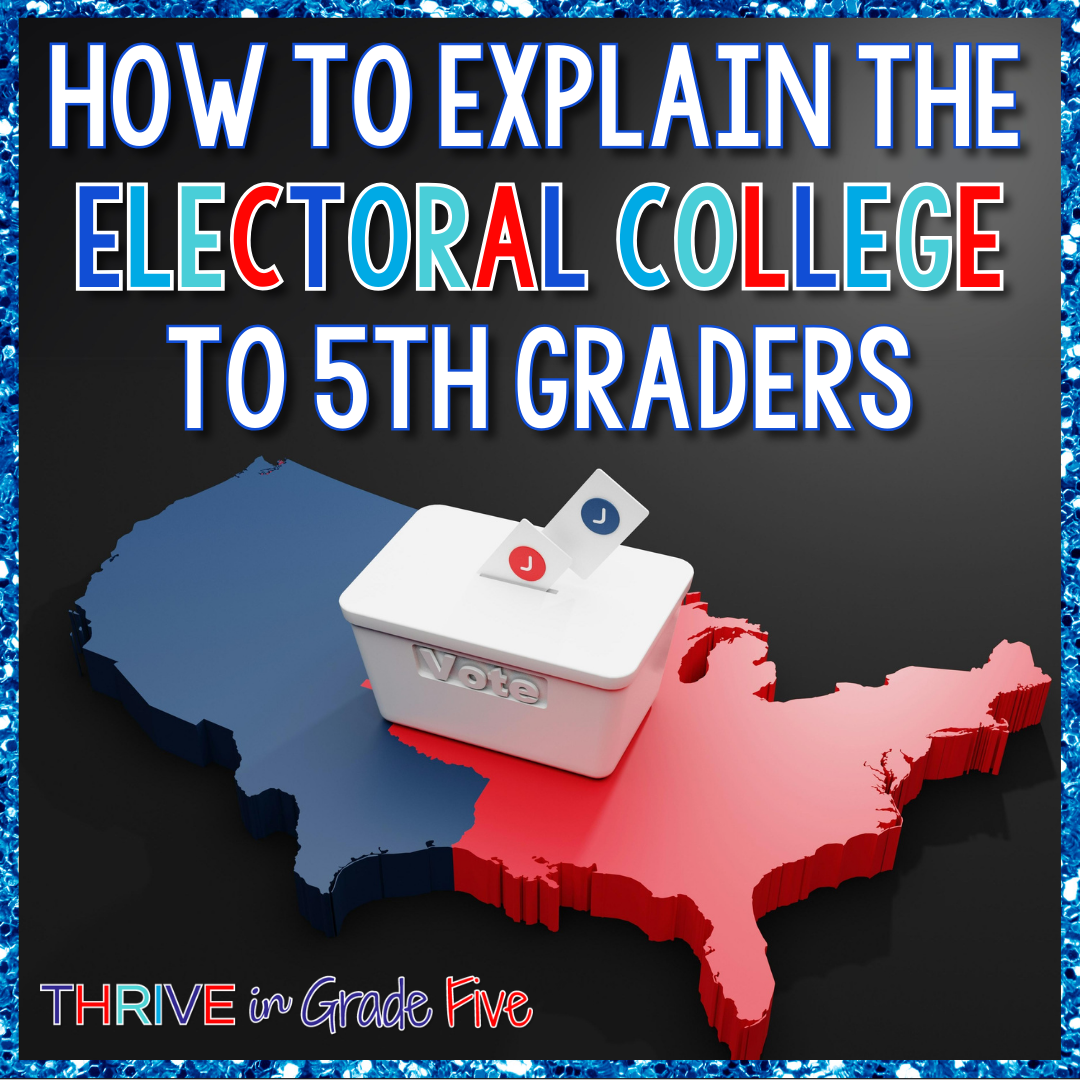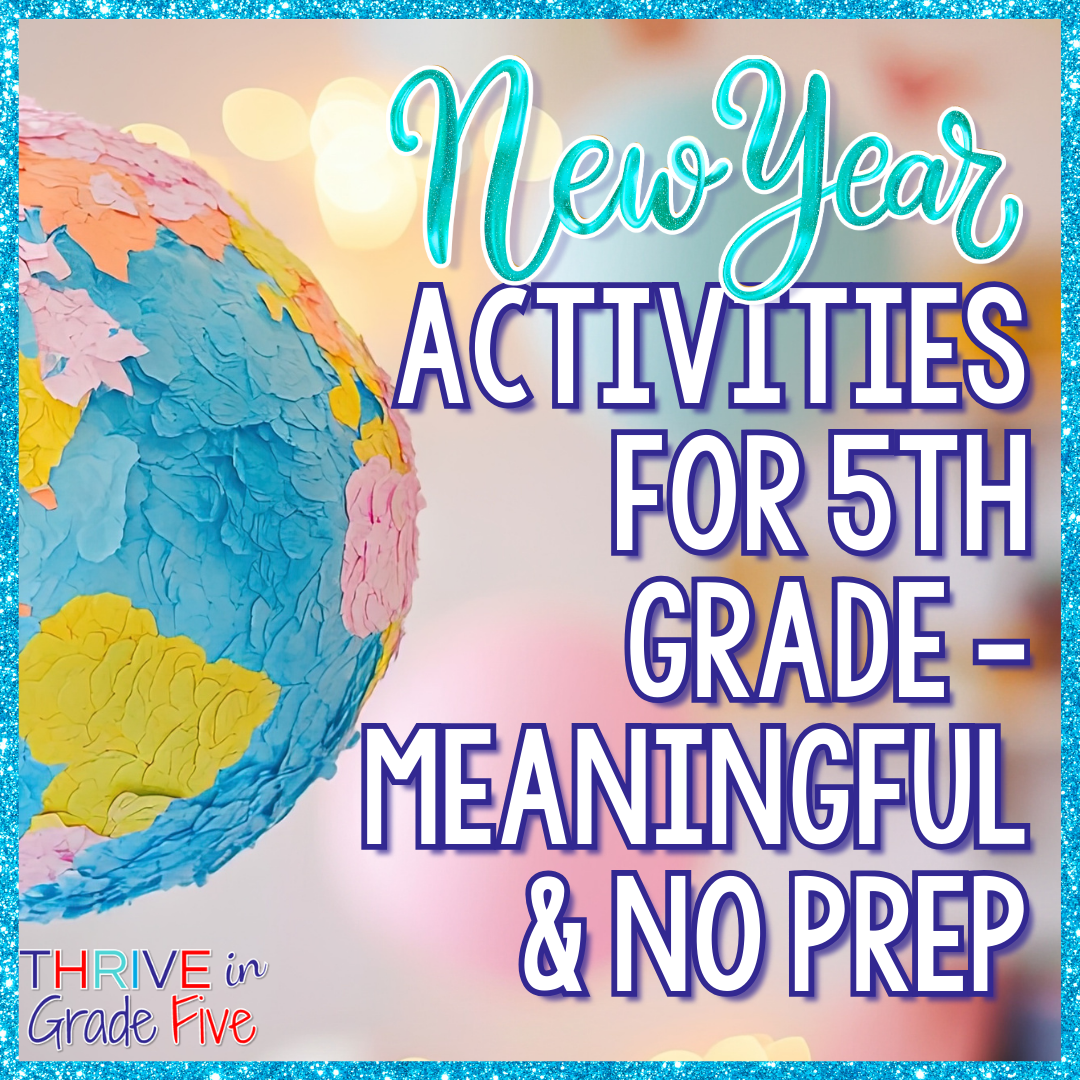Because teachers are so busy, we can easily get into the habit of teach, assign, assess… Let’s break that habit and make your social studies class more ‘social.’
I’ve always struggled with whether or not to allow students to talk during class.
As a brand new 23 year old teacher, I was somewhat old-school in my classroom management style and expected silence and pencils scratching across paper. That’s how I was taught!
But then – lightbulb moment!
I started to think about how I learn best and how other adults learn. Learning involves talking and collaborating with other people.
When we acquire new ideas, we often change our perceptions.
This is true for our students! When we allow them to collaborate or ‘get social’ during class, they learn and retain so much more.
I would love for you to join my weekly VIP email club just for upper elementary social studies and writing teachers. No spam, just good stuff, promise!

Let your students talk with classmates – It will be ok, promise!
As a young teacher, I thought that if students were talking, it automatically meant they were off-task.
I was fortunate to work with an experienced teacher a few years into my career who pointed out the difference between ‘work talk’ and ‘talk talk.’
Now, I use these terms frequently with students. It’s easy to tell if students are ‘work talking’ or ‘talk talking’ because their body language is different in the two cases.
Also, when considering kids who struggle with reading, being able to talk and listen during class makes a huge difference.
Giving students the opportunity to discuss social studies concepts orally will help your struggling readers to get so much more out of class.
If you need ideas for helping struggling readers, check out this blog post: How to Help Struggling Readers in Social Studies Class

Allow students to use Google Apps to collaborate!
Google Apps were made for collaboration!
Google Apps are a quick and easy tool for students to use individually, with partners, small groups, or even the entire class.
I love that Google Docs can be updated in real time. Once you teach your students the etiquette of using a shared Google Doc, you can allow them to work together on Docs, Slides, Sheets, and more!
If you need a refresher or a few fresh ideas for using Google Apps in your social studies class, this is the blog post for you… I’ve even included several explainer videos 🙂 How to Use Google Resources in Upper Elementary

Ask students to analyze primary sources together!
Primary sources are (or should be) a huge part of your social studies instruction.
Giving students a primary source and asking them to work with a partner or small group to analyze it is always a great way to build interest, understanding, and retention.
Ideas for Analyzing Primary Sources
- List the top three interesting things you notice about this primary source.
- Write three questions you have for the author/creator of this primary source.
- List two ways that this object may have been used by a person in the 18th Century.
- Using what you know about George Washington, explain what you think he is doing in this image.
Using history stations in conjunction with primary sources is one of my favorite ways to build collaboration. This resource will give you an example of how I set up my history stations: Primary Source History Stations Bundle

Encourage students to collaborate using their interactive notebooks!
Interactive notebooks are living textbooks in my classroom.
If you need help getting started with interactive notebooks, visit this post: Interactive Notebooks – How to Get Started
We use our interactive notebooks almost daily to take notes, write journals, create foldable activities, answer questions, and more.
Did you know that you can also use interactive notebooks for student collaboration?
Easy Interactive Notebook Collaboration Ideas
- What is the question? Use this quick activity to boost student collaboration while giving students the opportunity to review important information. First, ask students to set up their interactive notebook pages and add just the “answers.” Their partners will fill in the questions!
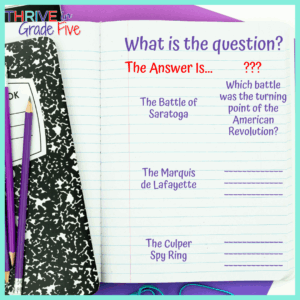
- Find 4 Opinions – For this quick activity, students will write a question and ask 4 classmates to add their opinions. This is a great way to boost student engagement and encourage critical thinking.
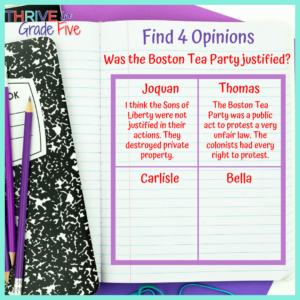
- Partner Project Planning – Allow students to list and sketch their fabulous project ideas in their interactive notebooks. They’ll have a record of their ideas that can be referenced while working on the project and after.

Allow students to work on history projects together!
Working with classmates to compete history projects is so much more fun than working alone.
In your social studies class, there should be no shortage of options for students to choose from when embarking on a new collaborative history project.
History Remix Project – This project is an excellent student collaboration tool. Students will use primary source images (available for free from reputable open access sites) to “remix” and create something new.
History Meme Project – Students will use primary source images to create history memes. This is one of my students’ favorite projects of the year 🙂
“No Taxation Without Representation!” Poster Project – This project is one that students can complete individually, with a partner, or in a small group with beautiful results!

Implement history book clubs in your social studies classroom!
I love, LOVE history book clubs.
Think old-school literature circles, but HISTORY-themed books.
History book clubs allow tons of collaboration, critical thinking, and reading practice. It’s a win all around!
This blog post will provide all of the details you need and *bonus* all of the club role names are history-themed: How to Implement History Book Clubs in Upper Elementary

Integrate movement into your social studies class!
Allowing students to talk AND move around during class?
Wow, what a treat for students!
If we’re making social studies class more ‘social,’ we should definitely include a few opportunities for collaboration WITH movement.
- Scoot Games – These are soooo fun! You’ll need to place cards with questions on each desk and ask students to stand up and rotate every time you ring a bell or flick the lights, whatever works in your room. Students are moving from question to question and recording their answers on an answer sheet or piece of notebook paper. Many of my resources include Scoot Games for review, including my New England Colonies Unit.
- Task Cards – Instead of giving out a worksheet with twenty questions, why not break the questions up into task cards? Student groups will be able to answer the questions on the cards and swap them with other groups, leading to multiple opportunities for collaboration. I enjoy using task cards with my students, especially when learning and reviewing the Bill of Rights.
- Gallery Walks – Small groups of students will move from primary source image to primary source image while answering a set of questions or making observations. Gallery Walks allow students to move, collaborate, and think critically about primary source images. I included one Gallery Walk in each of my Native American Regions Mini-Units.
I would love for you to join my weekly VIP email club just for upper elementary social studies and writing teachers. No spam, just good stuff, promise!
